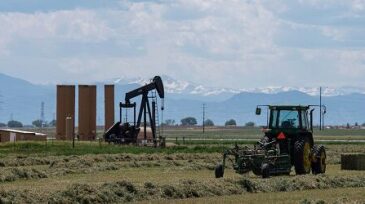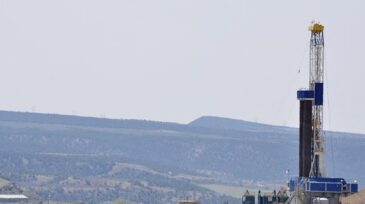setbacks
-
But no one appears really happy with the cumulative impact rules lauded by the Colorado Energy and Carbon Management Commission as “a big step forward.”
-
State lawmakers sent a bill to the governor that would require setbacks between new production sites and residential neighborhoods and other sensitive areas.
-
Critics of the new rule call it a de facto ban on new drilling and completions that will affect large portions of the state’s undeveloped oil and gas properties.
-
In a session to review proposed rule changes on setbacks, four of the five Colorado Oil and Gas Conservation Commission’s members voiced support for extended setbacks.
-
The mostly low-income, Latino residents of Arvin have joined with other communities to demand setbacks for wells.
-
Experts say that more than a decade of research has made it clear that current setback distances, in states where they exist, are inadequate to protect public health. Now, political pressure to push oil and gas wells about half a mile from homes and other buildings is peaking across the country.
-
Commission approves 1,000-ft setback from school property, including outdoor areas.
-
Had Proposition 112 passed, Colorado would have approved the country's largest mandatory buffer between new wells and homes, schools, waterways, and other areas deemed vulnerable: 2,500 ft, five times the existing standard of 500 ft.
-
Colorado's Proposition 112 would increase the minimum distance required between new oil and gas wells and homes, schools, and other designated areas to 2,500 ft—more than twice the current required distance — in an effort to protect public health.
-
A years-long fight in Colorado over how close oil and gas drilling can safely be to places where people live and work is coming to a head with an unprecedented November ballot measure that would ban such operations within at least half a mile of homes, schools, businesses, and waterways.
Page 1 of 2










